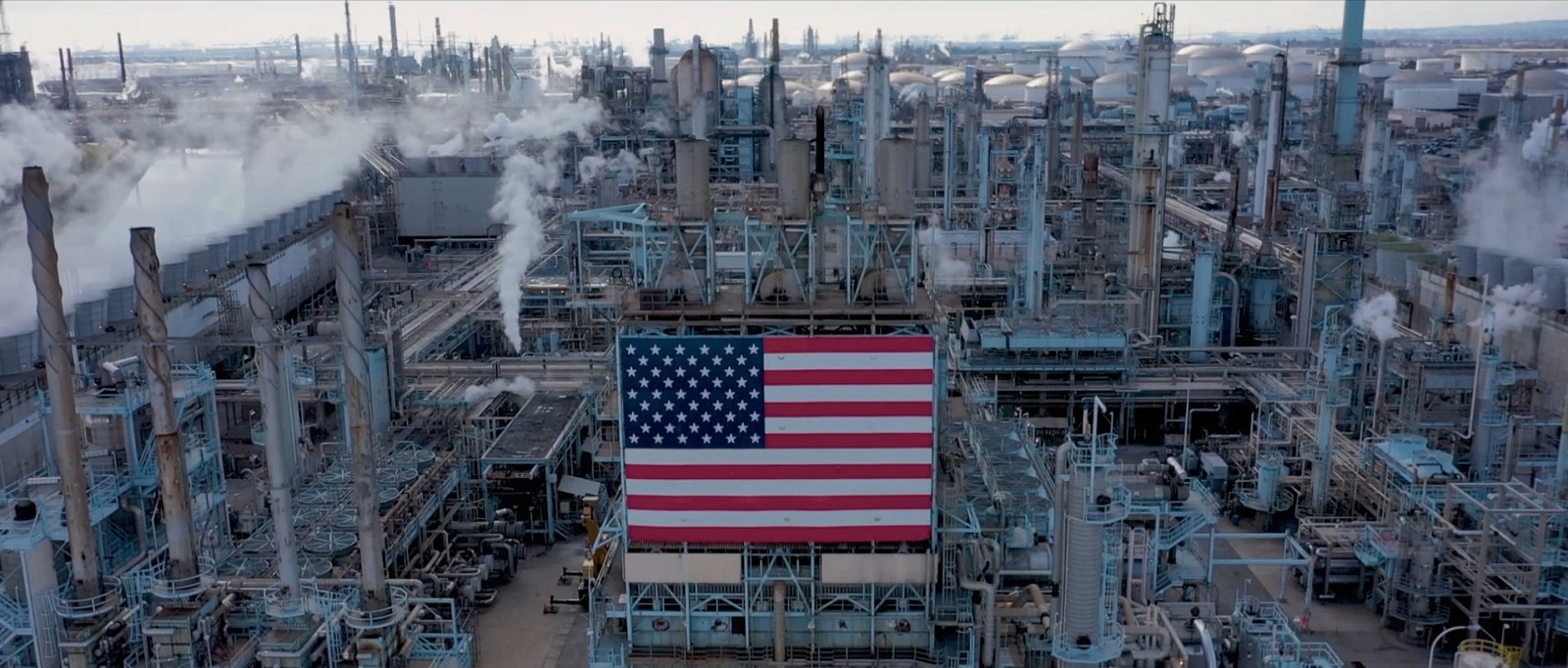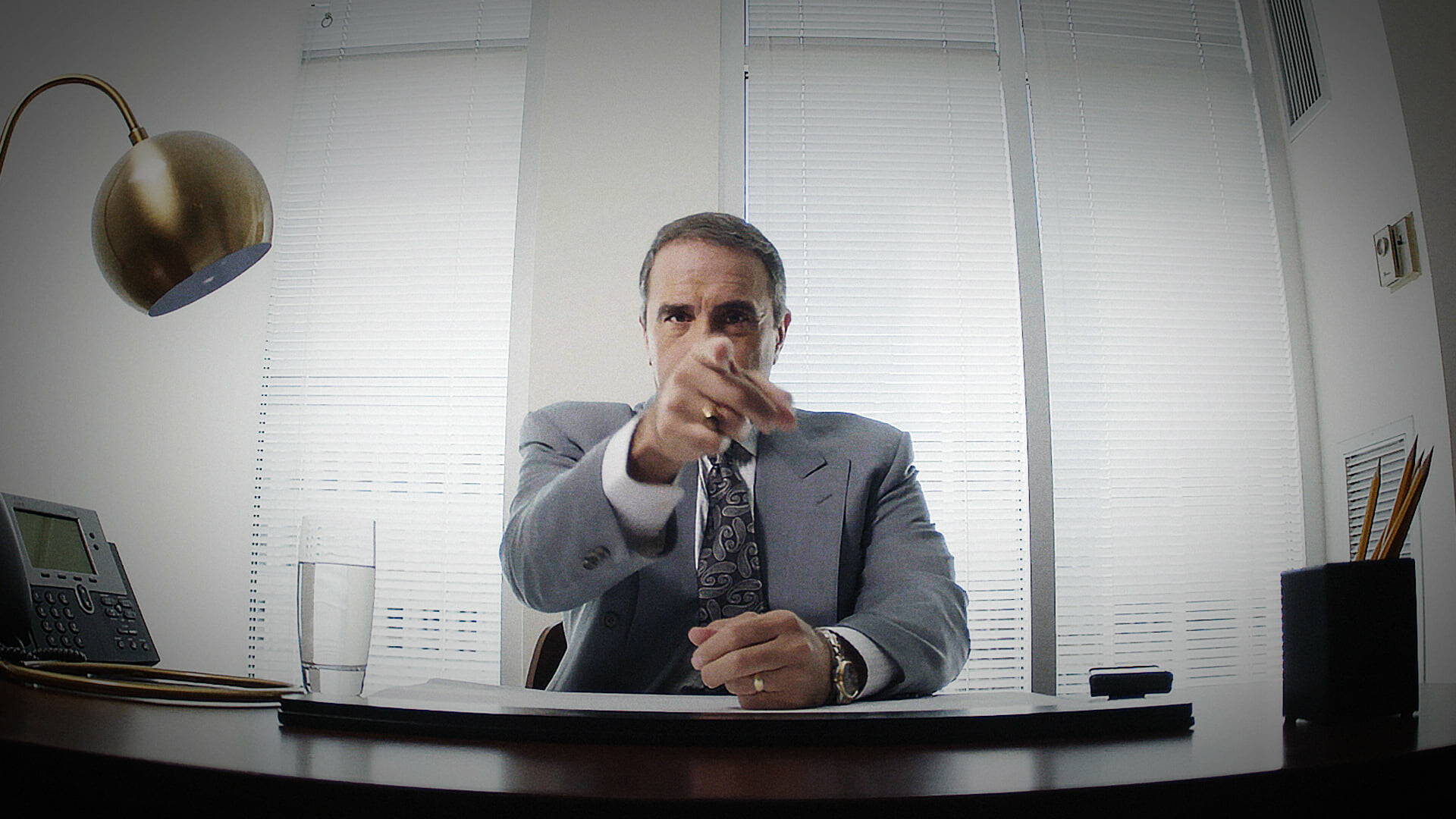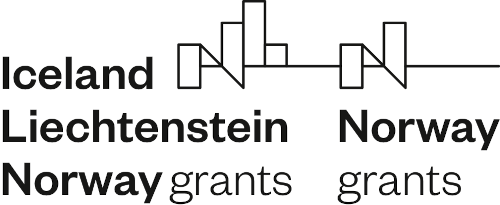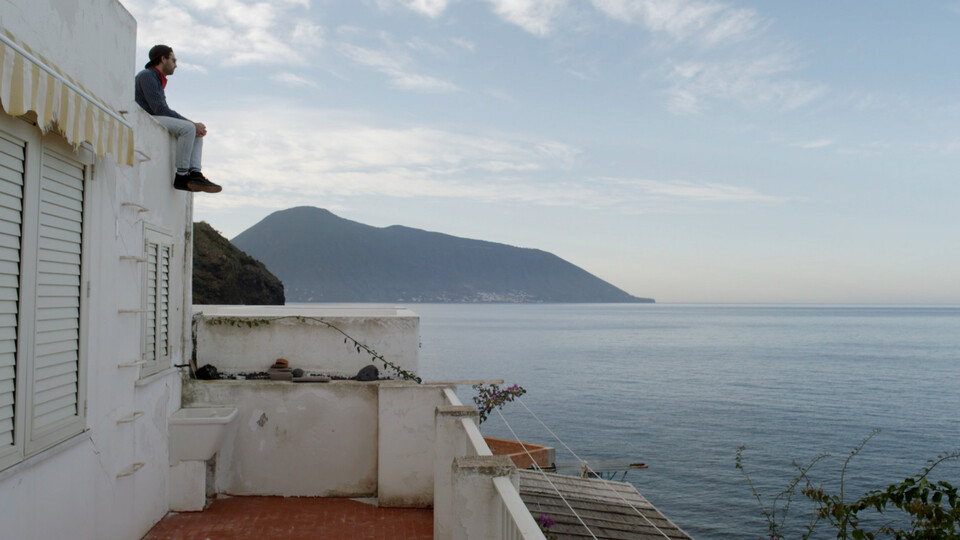An engaging documentary with little informational value
A reflection on the film The Campaign Against the Climate, which had its Czech premiere at the 24th Ji.Hlava International Documentary Film Festival.
“This is simple science. The higher CO2 levels are leading to a greening of the Earth. Do you think that’s a bad thing?” At first glance, the opening discourse in the Danish co-production The Campaign Against the Climate might simply seem like a banal understanding of the complex issue of global warming. But would we be so quick to dismiss it if we knew it was uttered by the external climate adviser for Donald Trump?
In his new film, director Mads Ellesøe seeks to uncover the secrets surrounding the disinformation campaigns launched by leading oil companies in the 1990s with the aim of discrediting the scientific research into global warming at the time. This brief summary of the film’s themes alone attests to the complexity of the issue, which could probably be the subject of several books. However, Ellesøe’s documentary is only 52 minutes long, which is not enough to make a satisfactory scientific-investigative case.
Environmentalism is IN
The Campaign Against the Climate had its Czech premiere at the 24th Ji.Hlava International Documentary Film Festival in the Testimonies section. This year’s festival also featured a number of other environmentally-oriented documentaries, which is a clear indication of the need felt by contemporary filmmakers to express themselves regarding the present state of the world around us. Yet few of the documentaries presented set out to do something as complex as The Campaign Against the Climate – to trace a certain phenomenon from its origins, through its development, all the way to its conclusion, and to describe its impact and effects on society.
It’s obvious that Ellesøe wanted to comment on the oil companies’ disinformation campaigns in a cinematic way. It’s also clear that he familiarized himself with the subject in detail before filming. However, when watching the documentary, it becomes evident that he himself doesn’t know what target audience he made the film for. The Campaign Against the Climate teeters somewhere between a mainstream YouTube video and a scholarly scientific study, which is why it will probably miss the mark for the majority of viewers.
A both active and passive viewer?
We can take note of two different formal levels in The Campaign Against the Climate – one attempts to keep the viewer watching, while the second aims to convey new information about the campaigns. However, the approaches to these two levels are so differently conceived that it hinders the documentary. The film’s greatest problem lies in the synthesis of these two levels, which work against each other in its final form.
The first level of the documentary looks like an above-average YouTube video essay that could, thanks to its high production value, have the potential to circulate on social media and attract a lot of viewers. The film has a slick visual style, a running time that corresponds to a medium-length TV documentary, and an editing rhythm that is often subordinate to the ironic background music, giving the film a brisk pacing and momentum. All of this is accompanied by the frequent addresses of the narrator, who often poses rhetorical questions to the viewer, making us feel actively involved in the film’s narrative – as if we are unravelling the mysteries surrounding the campaigns along with the film.

However, the topic of the film is much more specialized – we watch short appearances by the most successful disinformationists, who shaped the sceptical character of public opinion through television broadcasts at the end of the twentieth century. None of them make any secret of the fact that they are not climate experts and that their theses are largely founded on conjecture and unverified facts. The narrator also introduces us to the Harvard professor Naomi Oreskes, whose approach, in contrast to the disinformationists, is based solely on facts and scientific studies. The documentary gradually reveals that the disinformation campaigns of the 1990s were funded by the leading multinational oil companies (headed by ExxonMobil) which wanted to sow mistrust in the scientific research into global warming by any means possible.
In other words, the documentary’s light-hearted approach isn’t in keeping with the vast quantities of information it hurls at the audience. The film’s playful tone tempts the viewer to open a bottle of wine, while the seriousness of the topics urges us to take an interest in the financial machinations of the oil corporations. The documentary thus wants the viewer to be both passive and active – but it will never succeed in this aim.
Given the expertise and seriousness of the film’s themes, one may already have some formal expectations before viewing which the director does not fulfil. Ellesøe opted for a lighter, more viewer-friendly version of the documentary, which doesn’t grant much space for honest immersion in the subject matter. In the end, the result is a film that the average viewer will feel good about watching because they learned something new. However, it isn’t likely to win any awards at festivals or accolades from experts.
A more perceptive audience will be disappointed
From the film’s formal features, we can deduce that The Campaign Against the Climate was not intended for the big screen – its running time is too short for a feature-length documentary, and the disinformationists are introduced with inscriptions that stretch across the entire width of the shot (on a cinema screen, the viewer would have no chance to take in such texts). The documentary itself is well aware of this, as it nicely adapts its own form to the target medium.
With the current competition among environmentally-oriented documentaries, the question is whether this film will find its audience. For the majority of the audience (who don’t pay much attention to environmental issues), The Campaign Against the Climate will be enough to fill an empty evening. However, more perceptive viewers will be disappointed – 52 minutes of talking heads spouting their experiences with the disinformation campaign won’t make any kind of significant impression that will resonate with them.
Given the subject matter, it would be possible to directly insert some kind of suggestive imagery mapping the impact of climate change on the planet and society. This opportunity is missed, and I’m afraid the film will soon fall into the grey of documentary mediocrity. In this regard, Ellesøe could take a cue from other documentaries that were screened in the same section at this year’s festival – thanks to their treatment, for example, Rebuilding Paradise (directed by Ron Howard), about the devastating wildfire in the Californian town of Paradise, or Sanctuary (directed by Álvaro Longoria), which follows the activities of ecologists in their efforts to save a nature reserve off the coast of Antarctica, could have a far greater impact.
Although The Campaign Against the Climate will leave our TV screens very quickly, it will not leave us with any lasting impressions. If this is the first time you’ve heard about the disinformation campaigns, you will certainly learn something new from the film, but if you’re looking for a more personal and intimate cinematic experience, you will be left wanting.
Translated from Czech by Brian D. Vondrak
---
This article is a result of the project Media and documentary 2.0, supported by EEA and Norway Grants 2014–2021.




